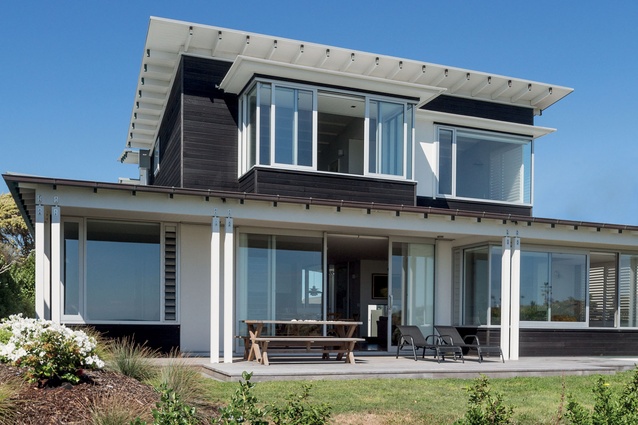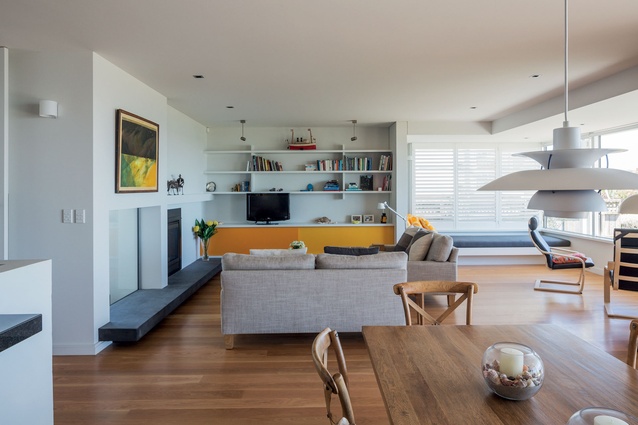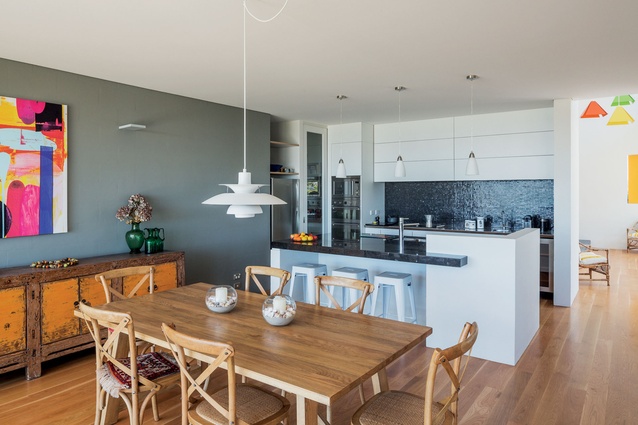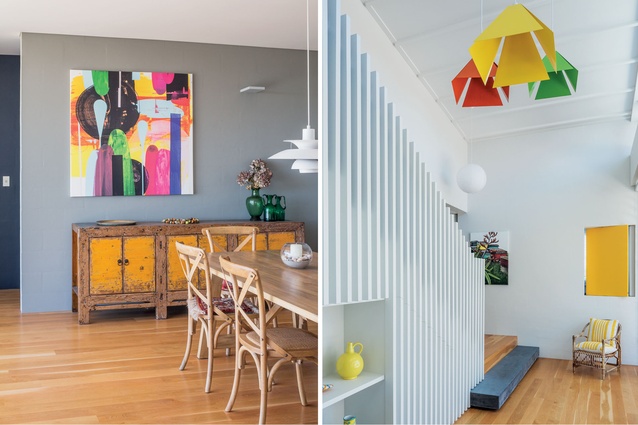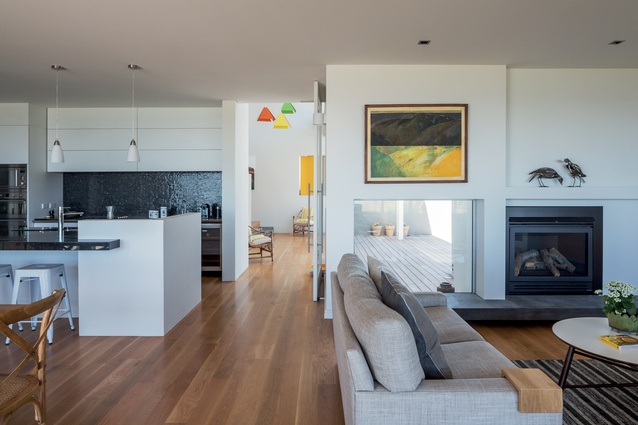Houses revisited: Ocean house
This contemporary beach house by Malcolm Walker Architects offers moments of surprise and serendipity. First published in 2015.
Let’s be clear: this is not a bach. Its size and comfort are a world away from our nostalgic notion of the bach. And yet, the informality of the plan, the nebulousness of the spaces, the absence of object-making and pretension align this Malcolm Walker Architects-designed holiday home with our traditional beachside architecture.
Practically, as much as emotionally, a holiday home is different to a town house. You come off the beach with sandy feet and wet dog paws. You inhabit a bach more temporarily – for a week or two, sometimes alone, often with the whole extended family in tow. Days are structured by swims and walks more so than the clock.
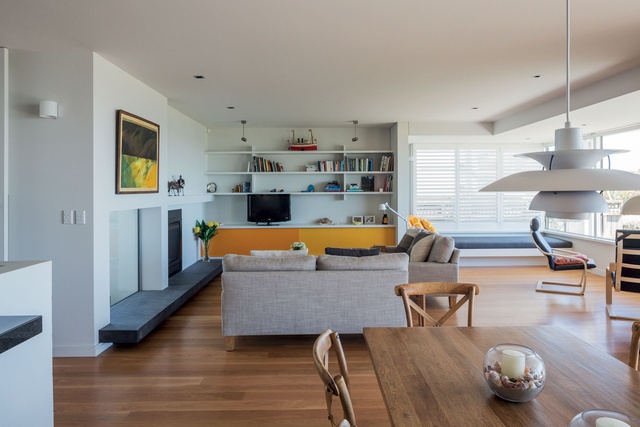
The suggestion that this is not a city house is immediately obvious. The entry, tucked around the side off a courtyard deck, is a tall door alongside oversized sliders. In a city house this might feel unstructured but at the beach it works. Here you drift in and out appropriating the hall as play area, the entry courtyard for afternoon drinks. Delineation is subtle but effective: an intermediary concrete step between two oak floors, a bulkhead over a window seat, battening of the angled ceilings upstairs.
What modern baches all too often forget in their glassy open plans is the holiday desire to curl up in a cosy corner. Old baches had these even if they were improvisational — a bed tucked against a window in a narrow room or a breakfast alcove. What this house does so well is to create those moments of surprise and snugness even within an open and contemporary space. Window seats are a classic Malcolm Walker device and they are used to great effect throughout this house: not only in the living room to create a secondary seating area looking out to the view, but also as a cosy alcove in a downstairs bedroom perfect for curling up with a book.
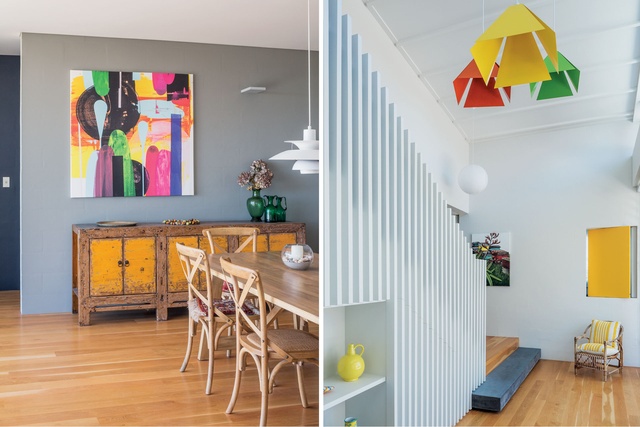
Spatially these alcoves and niches give moments of surprise and serendipity, and underscore how spaces within overlap and interconnect. An unexpected knee-height pane of glass alongside the fireplace connects the living space to the courtyard. The kids’ bedroom links to the hall through a yellow pivoting panel. The bedrooms upstairs are joined with double doors giving flexibility in how the rooms can be used.
From the outside this is a handsome house. In the midst of the gauche density of Mt Maunganui beachfront its thin raking roofline and deep portico manage to be both classic and contemporary. Yet for all the outside attention, this is a house designed from the inside out: the careful placement of walls make the neighbours disappear, the views framed by cleaved dunes, the proportions designed for comfort.
All too often holiday houses can feel quite serious, especially when architects get hold of them. This house, for all its beautiful detailing and craftsmanship in building, is fun. It is a house made for relaxing as much as entertaining. The longer you spend in it the more nuanced and complex it feels — this is a house that reveals itself slowly and adapts to all variations of holiday living.
Click here to see more Houses Revisited. And sign up to our email newsletters to receive Houses Revisited straight to your inbox.
Note: These are stories from our archives and, since the time of writing, some details may have changed including names, personnel of specific firms, registration status, etc.

